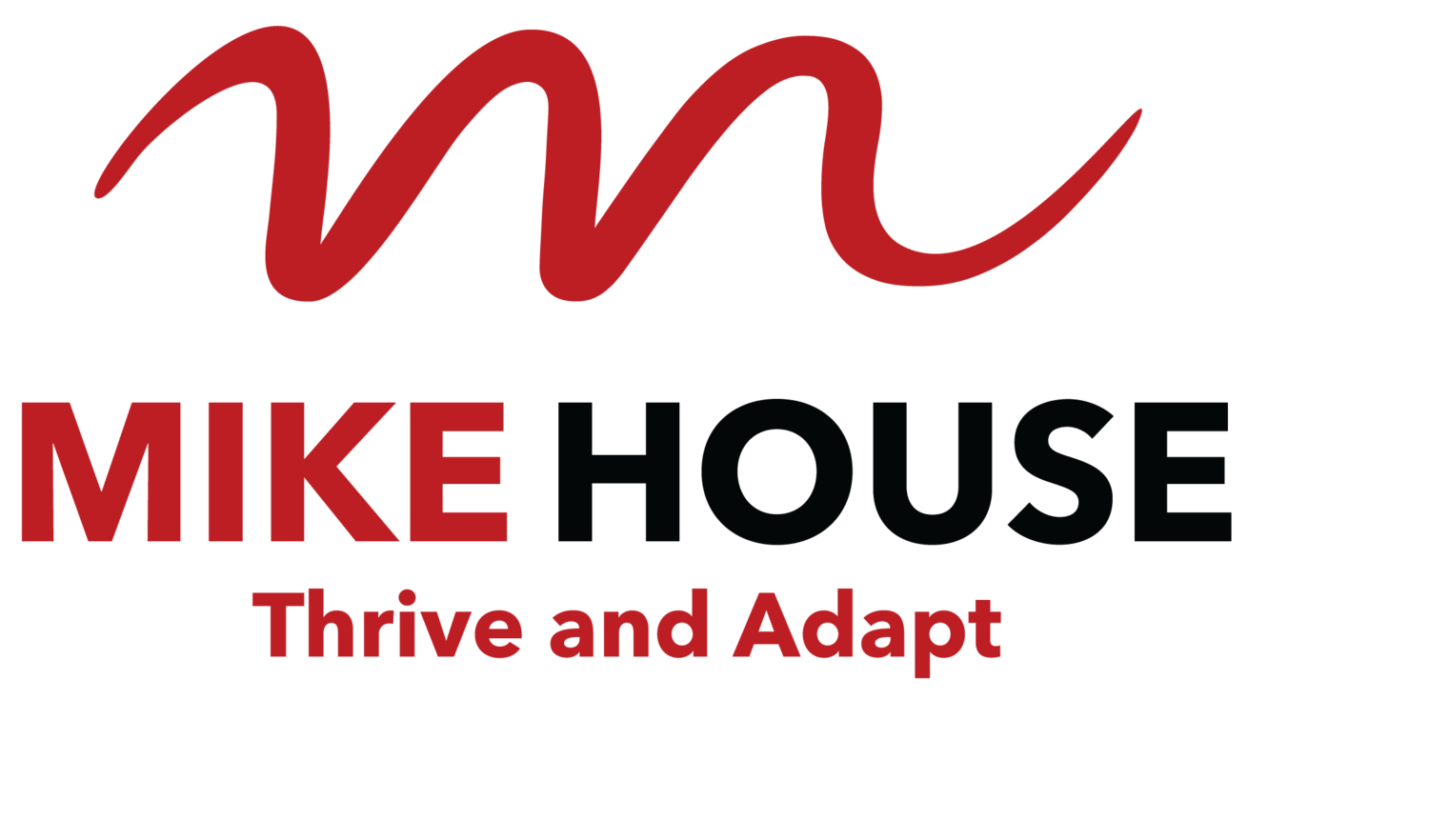Stuck? Make the most of what you know.
/A few weeks ago I wrote about focus. Often our focus shifts in response to what is happening around us. Requests, tasks, pressure, health, distraction, fatigue and other variables have our focus moving between hard and soft, fixated and broad. If the shifts happen without us consciously choosing them, we can end up operating with an ineffective focus. Each mode of focus is highly effective in some circumstances and ineffective in others.
Some of you wanted to know more about how to recognise and use focus more effectively.
Yesterday I was talking with a highly competent and experienced colleague. She's one of the best thinkers I know. Few people can match her for productivity. She's highly valued for her ability to analyse complex situations and find clear paths for effective action. Over the last few years she has consulted in many different industries and sizes of organisation, always adding significant value.
She'd been asked to present a case study from her experience. It was to include lessons learned and would act as a catalyst for a strategic discussion in her current organisation. It was creating a focus problem. Her focus was narrow and soft. She was scanning for specific elements (Narrow) across the full range of work she had done (Soft) to find the best single example of effective strategy. Much of the consulting work she has done has been confidential and highly specific to the business she was working with at the time. Very difficult to find an example that she could share, and that had clear lessons that could be generalised to the current context.
A soft and relatively narrow focus is highly effective when looking for something detailed and specific. That's what my friend was using as she scanned back though her work. One of the problems of soft and narrow focus is that if you can't find what you are looking for it drifts toward hard and fixated. As frustration grows this can be further exaggerated, and an ineffective loop is created. You get more and more fixated.
When she told me about her frustration with finding something specific in her past work that was clear, relevant to the new context and didn't breach confidentiality, I saw a focus problem. I asked, "What if instead of presenting a specific case study, you presented the strategic themes that have been relevant across all the industries, companies and situations you have worked in?"
The question shifted her focus from fixated and hard to soft and broad and she was instantly able to bring her vast experience to bear. She'll no doubt rock the room with her insights and expertise.
If you're feeling stuck, notice where your focus is and ask yourself if it's time for an intentional shift.
As a leader, start paying attention to the focus of the individuals and teams around you. Develop the skill of asking questions that shift focus when people become ineffective or stuck.
Much of the work that I do in facilitation and coaching shifts focus which enables individuals and teams to use what they know to greater effect. Feel free to be in touch if I can assist you with that.





























